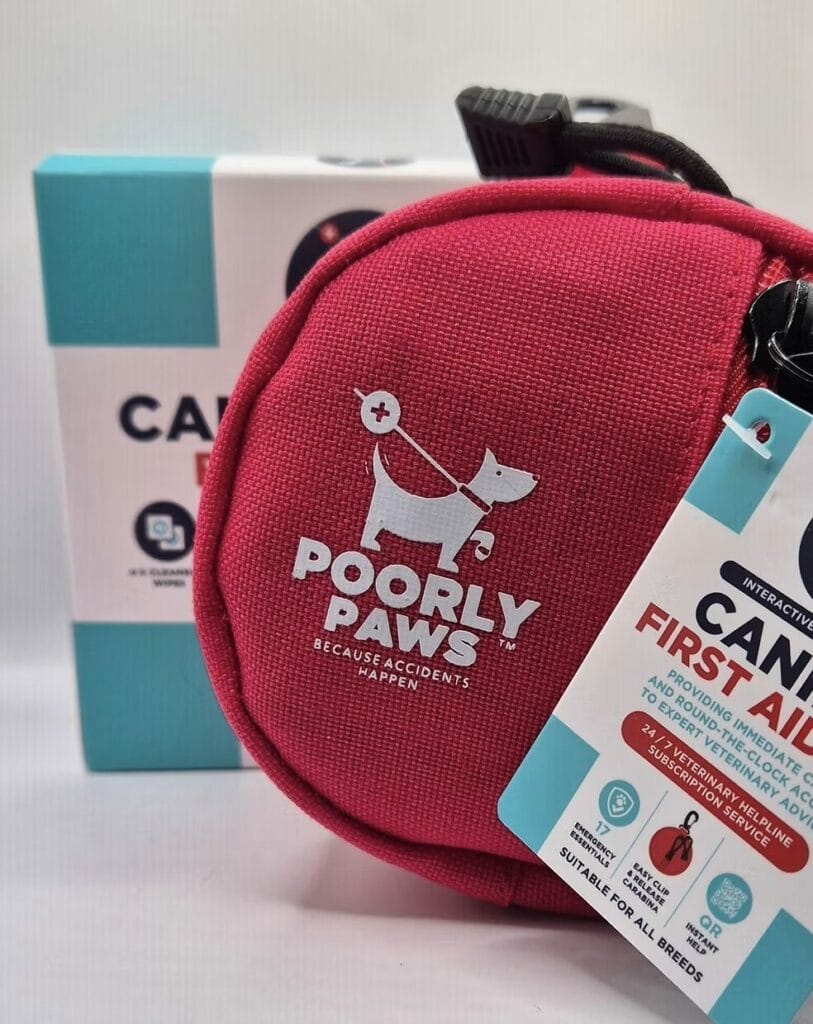
As a responsible dog owner, your top priority is keeping your furry friend safe, comfortable, and happy—no matter the weather. From scorching summer heat to freezing winter winds, different weather conditions pose unique challenges for dogs.
Knowing how to adapt and protect your pup in every season is essential for their wellbeing. Here’s your guide to keeping your dog safe, no matter what Mother Nature has in store.
1. Heat and sun safety
Risks: Heatstroke, dehydration, sunburn, and paw pad burns.
Dogs Most at Risk: Flat-faced breeds (like Bulldogs and Pugs), senior dogs, puppies, and those with thick coats
Safety Tips:
• Avoid peak temperatures: Walk your dog early in the morning or late in the evening when it’s cooler.
• Provide plenty of water: Ensure your dog stays hydrated with access to fresh, cool water at all times.
• Shade and rest: Give your dog frequent breaks in shaded areas, especially during outdoor play.
• Protect their paws: Pavement and sand can get dangerously hot. Use your hand to test the ground — if it’s too hot for your hand, it’s too hot for paws.
• Never leave dogs in cars: Even on mild days, a parked car can become dangerously hot in minutes.
2. Cold Weather and Snow
Risks: Hypothermia, frostbite, and cracked paws.
Dogs Most at Risk: Small breeds, short-haired dogs, and those with thin body fat.
Safety Tips:
• Dress for warmth: Consider a dog coat or jumper for breeds that need extra insulation.
• Limit time outside: Shorten walks when temperatures drop below freezing.
• Watch for antifreeze: It’s highly toxic but tempting for dogs because of its sweet taste. Clean up any spills immediately.
• Protect paws: Use dog-safe paw wax or booties to prevent cracks from ice and salt. Wipe paws after walks to remove ice-melting chemicals.
3. Rain and Wind
Risks: Chilling, anxiety, and slippery surfaces.
Dogs Most at Risk: Smaller dogs, puppies, and those with thin coats.
Safety Tips:
• Rain gear: A waterproof coat can keep your dog dry and comfortable.
• Shelter from the wind: Avoid exposed areas during strong winds to protect your dog’s eyes and ears.
• Dry off after walks: Towel your dog down to avoid chills and prevent skin infections from damp fur.
4. Storms and Thunder
Risks: Fear, anxiety, and escape attempts.
Dogs Most at Risk: Dogs with noise phobias or storm-related anxiety.
Safety Tips:
• Create a safe space: Provide a quiet, comfortable area where your dog can retreat.
• Distract with toys or music: Calming music or a favourite toy can help soothe your dog.
• Use calming products: Consider anxiety wraps or pheromone diffusers for added comfort.
5. Seasonal Allergies and Pollen
Risks: Itchy skin, sneezing, and watery eyes.
Dogs Most at Risk: Dogs prone to skin sensitivities or those with known allergies.
Safety Tips:
• Wipe down after outdoor play: Remove pollen from your dog’s fur and paws with a damp cloth.
• Watch for symptoms: Itching, redness, or excessive licking could indicate an allergy.
• Consult your vet: They can recommend allergy treatments or medications if needed.
Conclusion
Weather impacts your dog’s health and safety, but with a little preparation and awareness, you can help them enjoy every season comfortably. Remember, if you’re ever unsure about how a specific weather condition might affect your dog, consult your vet or a trusted dog care professional. By staying proactive and informed, you’ll keep your furry friend safe, happy, and ready for whatever Mother Nature throws your way.

“Because being prepared makes all the difference.”

Keeping those tails wagging and a smile on your face.
No results available
Join the Tails Times, for all the regal dog care updates and Kingsley Tails events.
You have successfully joined our subscriber list.